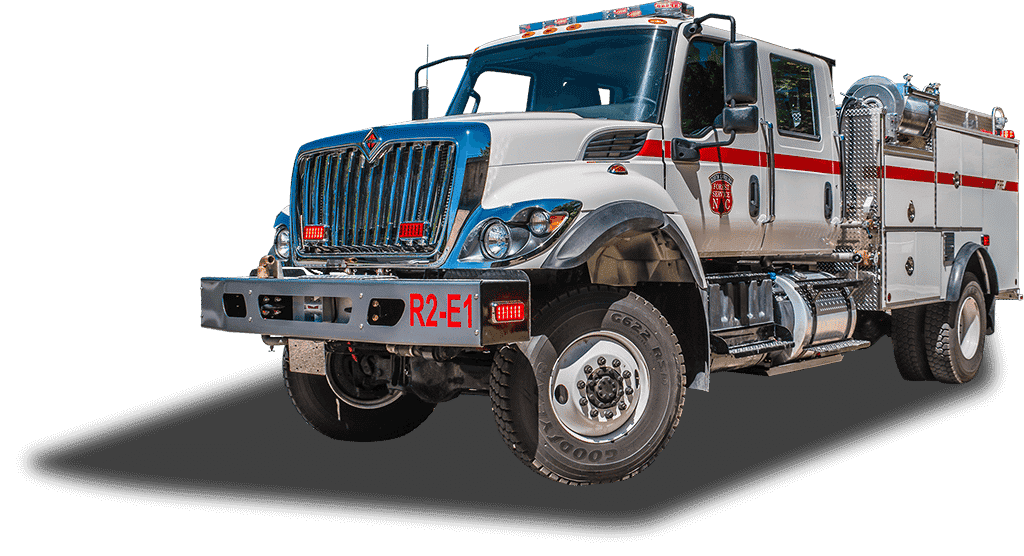How to Recruit More Volunteer Firefighters
 The first organized volunteer firefighting service has a rich history dating back to early Eighteenth century in Boston. In 1711 the Mutual Fire Societies was formed to combat the ever growing presence of destructive fires in the fast growing English Colonies. The early group of volunteers was described by Benjamin Franklin, a prominent volunteer firefighter, as “a club or society of active men belonging to each fire engine, whose business is to attend all fires with it whenever they happen.” The premise was simple, when fire emerged from a member of the Mutual Fire Society’s dwelling, other members of the club mobilized into organized units to battle the blaze. Each society had approximately twenty members and is credited with being the first volunteer brigade of firefighters. As residents sought further protection from fire, statesman such as Franklin took notice. Franklin’s progressive thought aimed to provide whole communities the advantage of protecting all the property of the community. Formed in Philadelphia, each group of volunteers banded together in small groups of 30. The demographics of group volunteers represented the diversity that the city was experiencing in the early 1700s, consisting of professionals, merchants, and trades people. The volunteer departments paid for their own equipment and placed it in advantageous places close to a source of water and other firefighting infrastructure. All groups were aligned with protecting their collective interests in the community and staffing was adequate.
The first organized volunteer firefighting service has a rich history dating back to early Eighteenth century in Boston. In 1711 the Mutual Fire Societies was formed to combat the ever growing presence of destructive fires in the fast growing English Colonies. The early group of volunteers was described by Benjamin Franklin, a prominent volunteer firefighter, as “a club or society of active men belonging to each fire engine, whose business is to attend all fires with it whenever they happen.” The premise was simple, when fire emerged from a member of the Mutual Fire Society’s dwelling, other members of the club mobilized into organized units to battle the blaze. Each society had approximately twenty members and is credited with being the first volunteer brigade of firefighters. As residents sought further protection from fire, statesman such as Franklin took notice. Franklin’s progressive thought aimed to provide whole communities the advantage of protecting all the property of the community. Formed in Philadelphia, each group of volunteers banded together in small groups of 30. The demographics of group volunteers represented the diversity that the city was experiencing in the early 1700s, consisting of professionals, merchants, and trades people. The volunteer departments paid for their own equipment and placed it in advantageous places close to a source of water and other firefighting infrastructure. All groups were aligned with protecting their collective interests in the community and staffing was adequate.
Why Are There So Few Volunteer Firefighters Today?
Today the need for volunteer firefighters has largely moved to rural areas as large cities and municipalities have paid on-call firefighters to mobilize at a moments notice. However, there are still staffing shortfalls despite the help from those paid to serve. As populations migrate from cities to rural areas the paid on-call support is slow to catch up. Volunteer departments cover roughly 70 percent of areas in the United States. Rural fire departments are largely volunteer, lack appropriate funding, and have limited resources that rely heavily on mutual aid agreements from fire departments in the region. The shortages in staffing and funding faced by these volunteer departments put the department and the community at risk as demand outpaces volunteer engagement. The US Fire Administration cited a report that the most significant challenge to volunteer fire departments around the country is the ability to secure and retain firefighting staff from the community it serves. The USFA cited the following reasons for short staffing:
- Poor campaigns to inform the public of open positions
- Lack of funding, staffing and resources to initiate effective recruitment strategies
- Lack of involvement within the community the department serves
- Lack of opportunity and training for entry level and seasoned firefighters
To reduce the exodus of volunteers from the system departments need to implement a new set of methods to restore the call to serve that many community members seek. A number of methods have been found by some volunteer departments as successful.
Proper Training
Training is cited by some volunteers as a reason for departing from the fire department due to their inability to complete it. This is often caused by commitments from their regular jobs, family matters and other personal obligations. Additional challenges include inadequate training resources, funding for training sessions, and improper motivation to train. The fire service has very comprehensive training systems, qualifications and certifications. However, volunteers in rural communities might not find these trainings applicable in their region. A number of departments have found success in serving their communities by utilizing online group training. This kind of system allows fire personnel to train at their own pace, on their own time. This service offers a cost-effective benefit that creates motivation and empowerment for the firefighter, as well as a fully trained crew. Utilize multiple resources and personnel for training by coordinating with other fire departments within your geographic area. This aids in creating coordination and proper incident management when responding to emergencies. Oftentimes when incidents arise, short staffed departments in rural areas enact mutual aid agreements with other departments, making it crucial for multiple rural fire departments to coordinate.
Community Involvement
Volunteer fire departments should reach out to the communities they serve for potential recruitment opportunities. However, it’s important to understand that not every potential volunteer is best suited in a firefighting turnout. Some may be stronger at administrative duties, for example. By focusing on the strong points of each potential volunteer, the department can put together an efficient and professional team. Fire officers must utilize questionnaires and interviews to direct volunteers to areas where they can best serve based on their qualifications.
Effective Marketing
Marketing your fire house is one of the most overlooked areas of volunteer fire departments. Engaging the community in your campaign and portraying a positive public image of your department will have a direct effect on department and community morale. If the public has a high degree of confidence in their fire department, people within the area will seek to become a part of the organization and overall recruitment efforts will improve. Creating a marketing plan for your department involves planning, creativity, and motivation. The plan should provide your department with a road map as to when, what, and how you should deploy your marketing resources. It is important to note that marketing is a process to provide information, community events, and the image you want to project to the public. If the residents of your community are exposed to positive images, videos, and news stories displaying members helping the community you will begin to generate value.
Get in Touch
Fields marked with an asterisk (*) are required.



